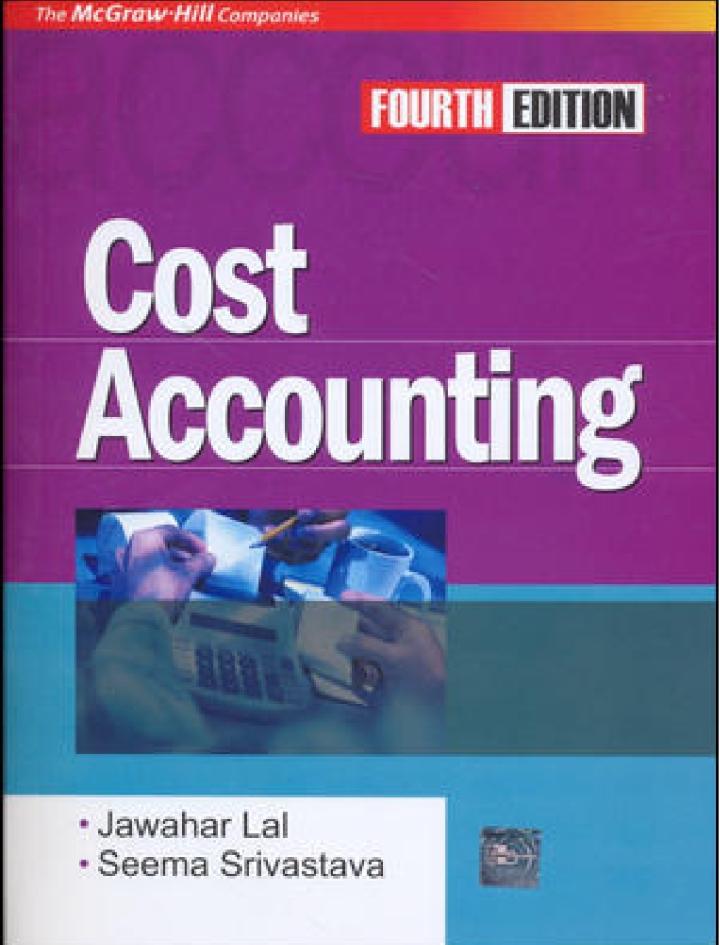80 3. a) A Japanese soft-drink company is planning to establish a subsidiary company in India to produce mineral water. Based on the estimated annual sales of 40,000 bottles of mineral water cost studies produced the following estimates for Indian subsidiary: Particulars Total Annual Costs Variable cost as % (in Rs.) of total cost Material 2.10,000 100 Labour 1,50,000 Factory Overheads 92.000 60 Admin. Overheads 40,000 35 The mineral water produced in Indian plant will be sold by manufacturer's representative at a commission of 8% of sale price. No portion of Japanese office expenses is to be allocated to the Indian subsidiary You are required to: a) Compute the sale price per bottle to enable the management to realize an estimated 10% profit on sale proceeds in India. b) Calculate the break-even point in rupee sales on the assumption that the sale price per bottle is Rs.14. b) State the difference between Economic Value Added and Market Value Added [6+2) 4. a) The standard material cost for 100 kg of chemical D is made up of Chemical A-30Kg@ Rs. 4 per Kg 3 Chemical B-40Kg@ Rs. 5 per kg Chemical C-80Kg@Rs.6 per Kg In a batch,500 kg of Chemical D was produced from a mix of Chemical A- 140 Kg @ cost of 588 Chemical B-220 Kg @ cost of 1056 Chemical C-440Kg @ cost of 2860 How do the yield, mix and the price factor contribute to the variance in the actual per 100 kg of chemical Dover the standard cost? b)Explain Transfer Pricing with the help of relevant example. 101 80 3. a) A Japanese soft-drink company is planning to establish a subsidiary company in India to produce mineral water. Based on the estimated annual sales of 40,000 bottles of mineral water cost studies produced the following estimates for Indian subsidiary: Particulars Total Annual Costs Variable cost as % (in Rs.) of total cost Material 2.10,000 100 Labour 1,50,000 Factory Overheads 92.000 60 Admin. Overheads 40,000 35 The mineral water produced in Indian plant will be sold by manufacturer's representative at a commission of 8% of sale price. No portion of Japanese office expenses is to be allocated to the Indian subsidiary You are required to: a) Compute the sale price per bottle to enable the management to realize an estimated 10% profit on sale proceeds in India. b) Calculate the break-even point in rupee sales on the assumption that the sale price per bottle is Rs.14. b) State the difference between Economic Value Added and Market Value Added [6+2) 4. a) The standard material cost for 100 kg of chemical D is made up of Chemical A-30Kg@ Rs. 4 per Kg 3 Chemical B-40Kg@ Rs. 5 per kg Chemical C-80Kg@Rs.6 per Kg In a batch,500 kg of Chemical D was produced from a mix of Chemical A- 140 Kg @ cost of 588 Chemical B-220 Kg @ cost of 1056 Chemical C-440Kg @ cost of 2860 How do the yield, mix and the price factor contribute to the variance in the actual per 100 kg of chemical Dover the standard cost? b)Explain Transfer Pricing with the help of relevant example. 101







